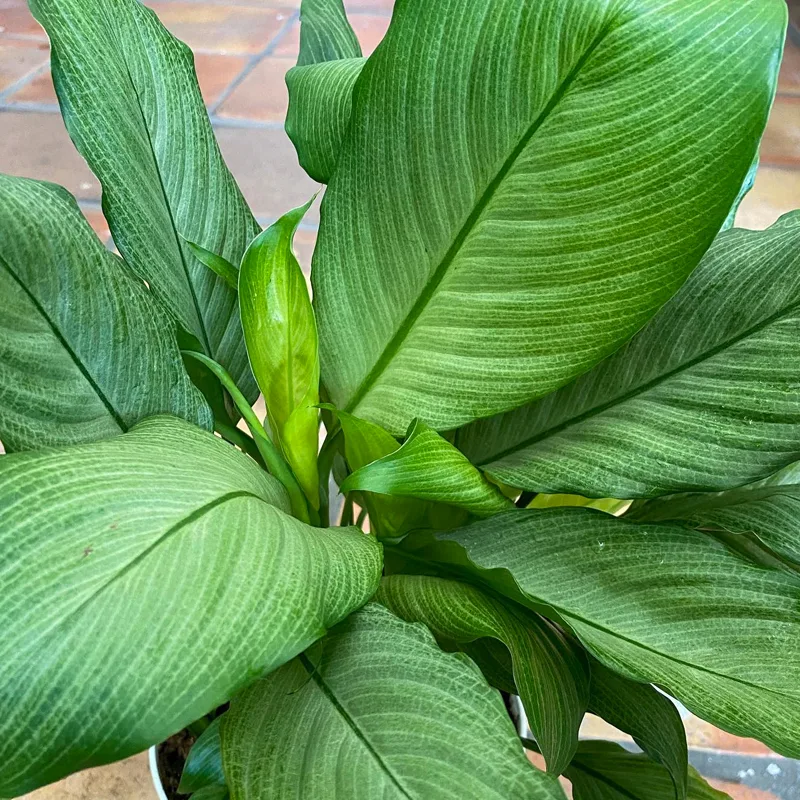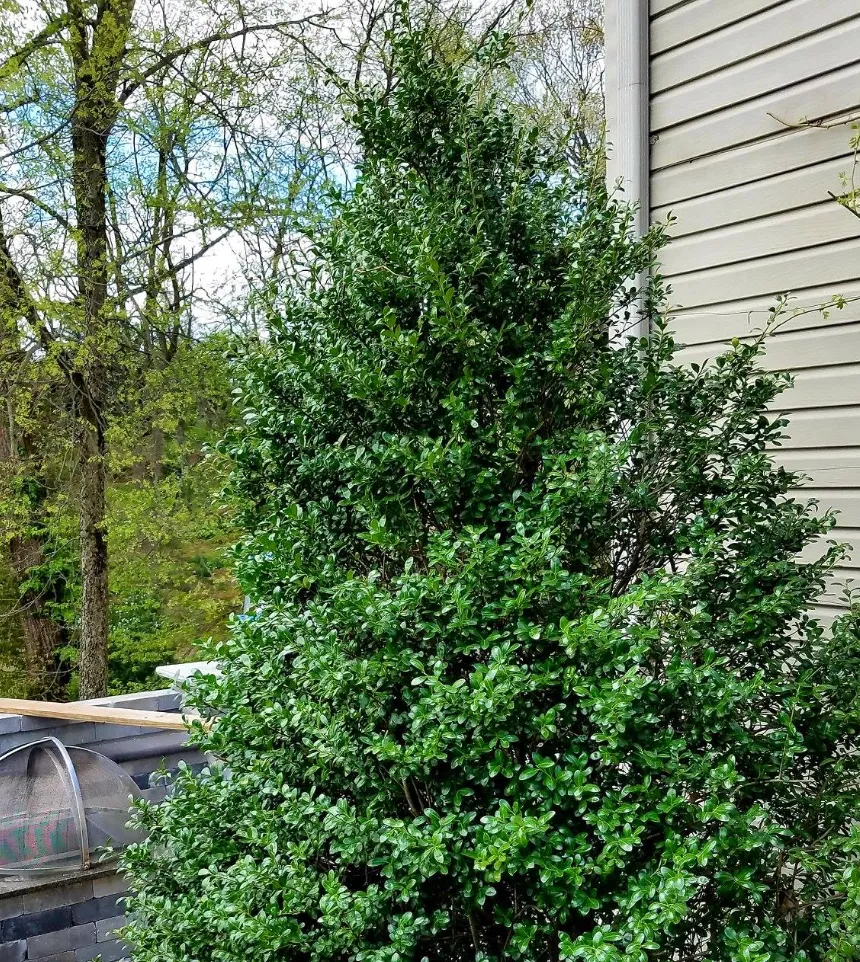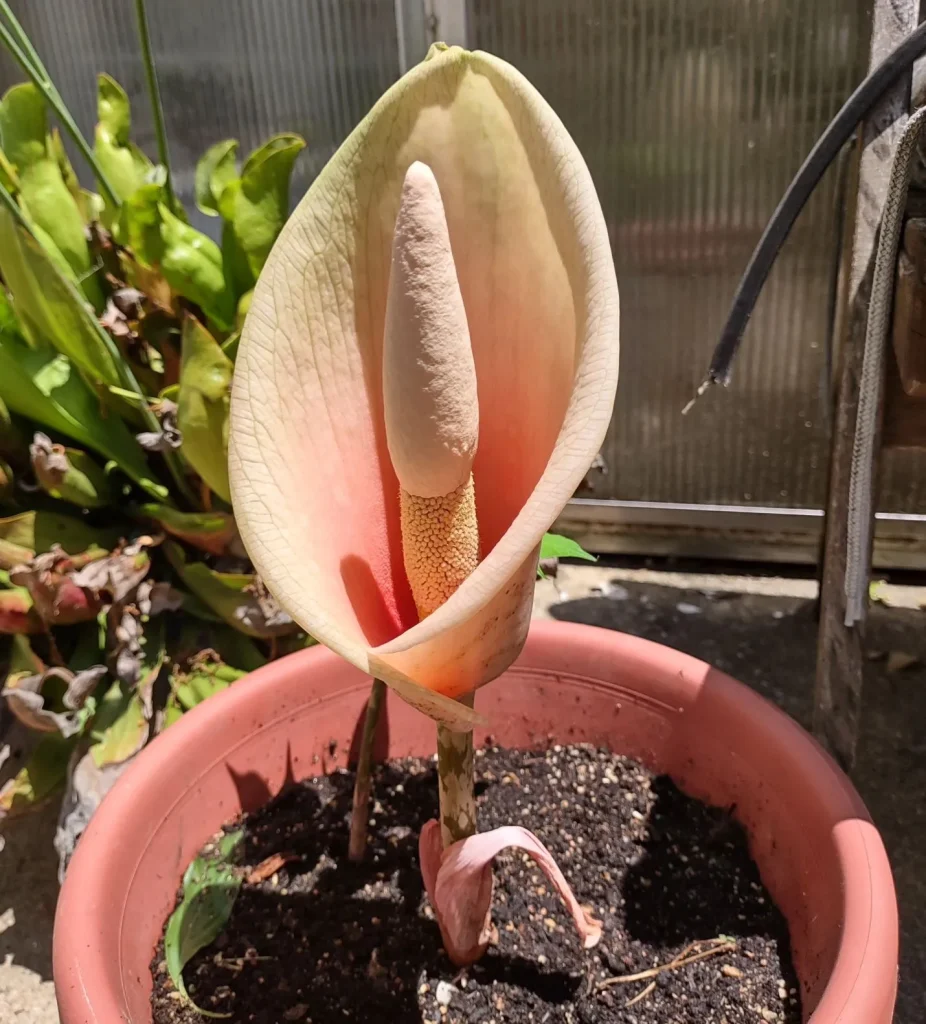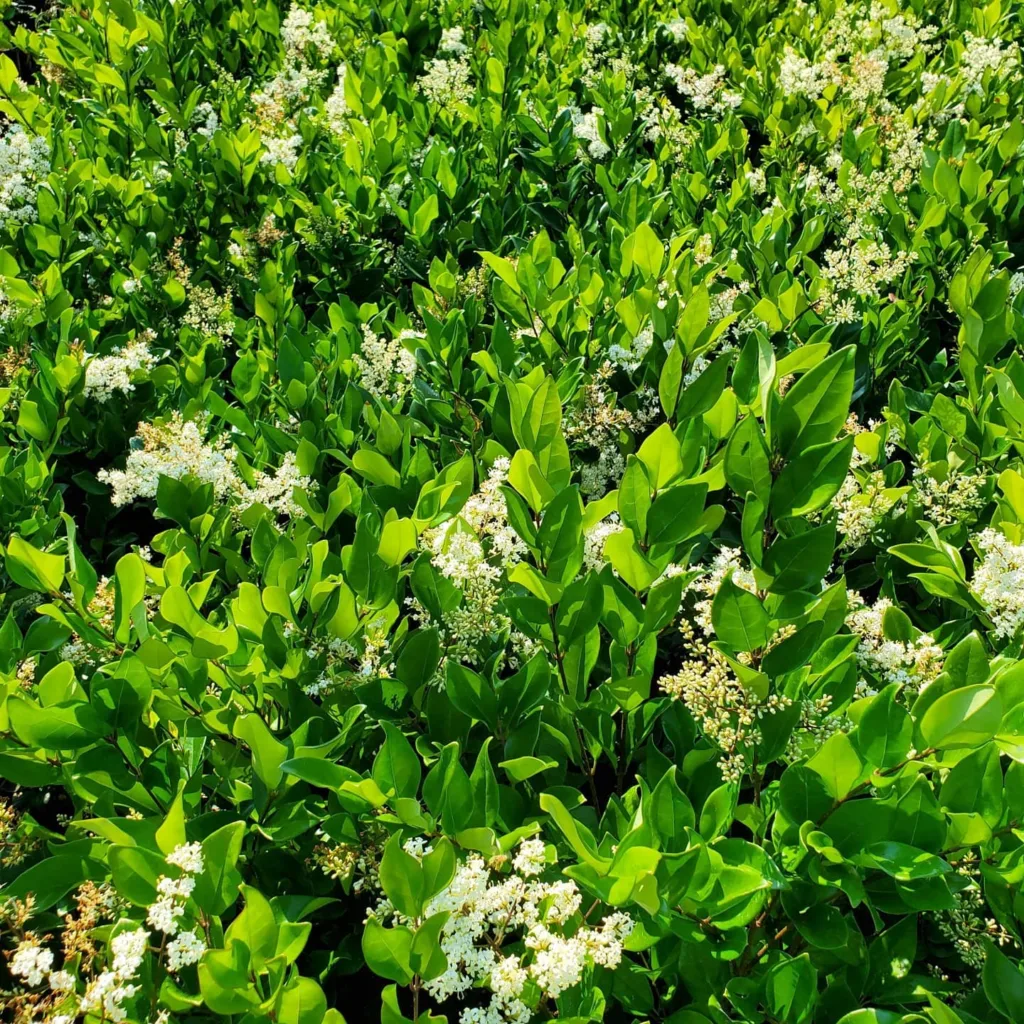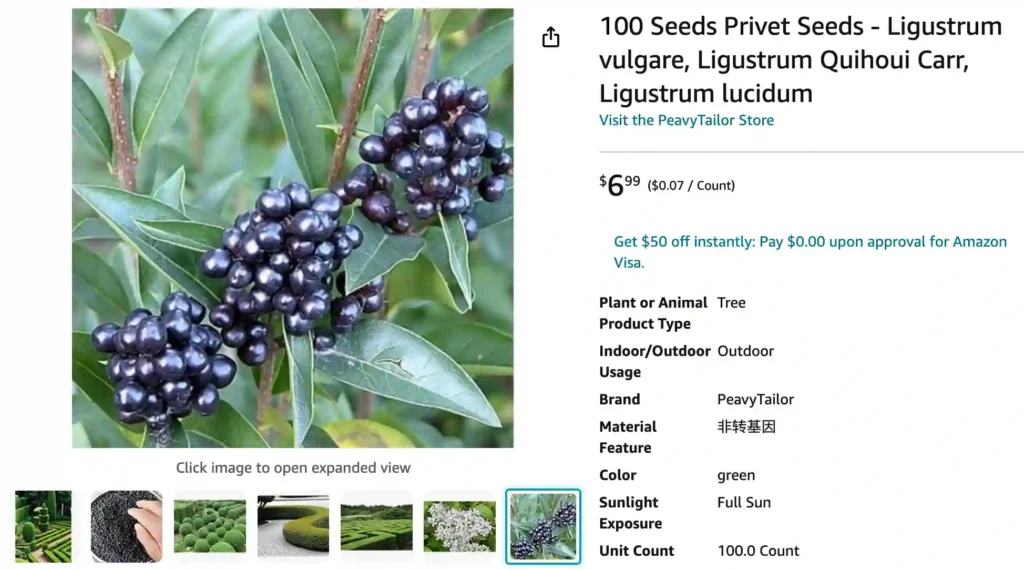
All About Ligustrum Quihoui: A Gardener’s Guide
Hi there, Ferb Vu here. I’m a plant enthusiast and I get a thrill out of discovering unique and beautiful additions to the garden. Today, we’re diving deep into Ligustrum Quihoui, also known as Waxyleaf Privet. This interesting shrub has captured my attention, and I know it might pique yours too.
Whether you’re a seasoned gardener or just starting your botanical journey, this guide will answer all your burning questions about Ligustrum Quihoui.
46 Species in Genus Ligustrum – Privet
What is Ligustrum Quihoui?
Ligustrum Quihoui is a captivating shrub native to China. Known for its elegant, airy form, it can reach heights of one to three meters (3.3 to 9.8 feet). This semi-evergreen to evergreen beauty boasts slender branches adorned with small, glossy leaves. But the real showstopper is the stunning display of fragrant, white flowers that erupt in large, loose clusters during late summer.
How to plant and care for Ligustrum Quihoui?
Adding Ligustrum Quihoui to your garden is a breeze. Here’s what you need to know:
- Light: This adaptable shrub thrives in both full sun and partial shade. Opt for full sun if you want to maximize flowering.
- Soil: Ligustrum Quihoui isn’t fussy about soil type as long as it’s well-drained. It tolerates a range from acidic to alkaline soil.
- Watering: Once established, Ligustrum Quihoui is fairly drought-tolerant. Water deeply when the top few centimeters of soil dry out.
- Pruning: Regular pruning (every 2 months during the growing season) keeps the plant in check and encourages bushier growth.
Is Ligustrum Quihoui a Good Hedge Plant?
Ligustrum Quihoui can be a fantastic hedge plant. Its dense growth habit and ability to withstand regular pruning make it ideal for creating a privacy screen or defining borders. However, be aware of its potential to become invasive in some regions. Check with your local authorities before planting Ligustrum Quihoui as a hedge, especially if you live outside its native range.
Ligustrum Quihoui vs Other Privet Species
Ligustrum Quihoui belongs to the Privet (Ligustrum) genus, which includes several popular hedge plants. Here’s a quick comparison to two common varieties:
- Ligustrum lucidum (Glossy Privet): This fast-growing evergreen boasts larger, shinier leaves than Ligustrum Quihoui. However, it can be more susceptible to pests and diseases.
- Ligustrum sinensis (Chinese Privet): Similar to Ligustrum lucidum, Chinese Privet is known for its rapid growth and dense foliage. However, it’s considered highly invasive in many areas.
Benefits of Growing Ligustrum Quihoui
There are several compelling reasons to consider Ligustrum Quihoui for your garden:
- Low-maintenance: This easy-going shrub requires minimal care once established.
- Fragrant flowers: The late summer blooms add a delightful touch to your garden with their sweet fragrance.
- Attracts pollinators: Bees and butterflies are drawn to the fragrant flowers, promoting biodiversity in your garden.
- Year-round interest: The combination of evergreen foliage and seasonal blooms provides visual appeal throughout the year.
Potential Issues with Ligustrum Quihoui
While Ligustrum Quihoui is a generally well-behaved shrub, there are a few things to keep in mind:
- Potential for invasiveness: As mentioned earlier, Ligustrum Quihoui can become invasive in some regions. Research local regulations before planting.
- Susceptibility to pests and diseases: While generally pest and disease resistant, occasional infestations of scale insects or fungal diseases can occur.
Conclusion
Ligustrum Quihoui offers a unique combination of elegance, ease of care, and beautiful blooms. With proper planning and awareness of its potential drawbacks, this charming shrub can be a valuable addition to your garden. If you’re looking for a low-maintenance shrub that provides year-round interest and attracts pollinators, Ligustrum Quihoui might be the perfect choice for you.
If i die, water my plants!
